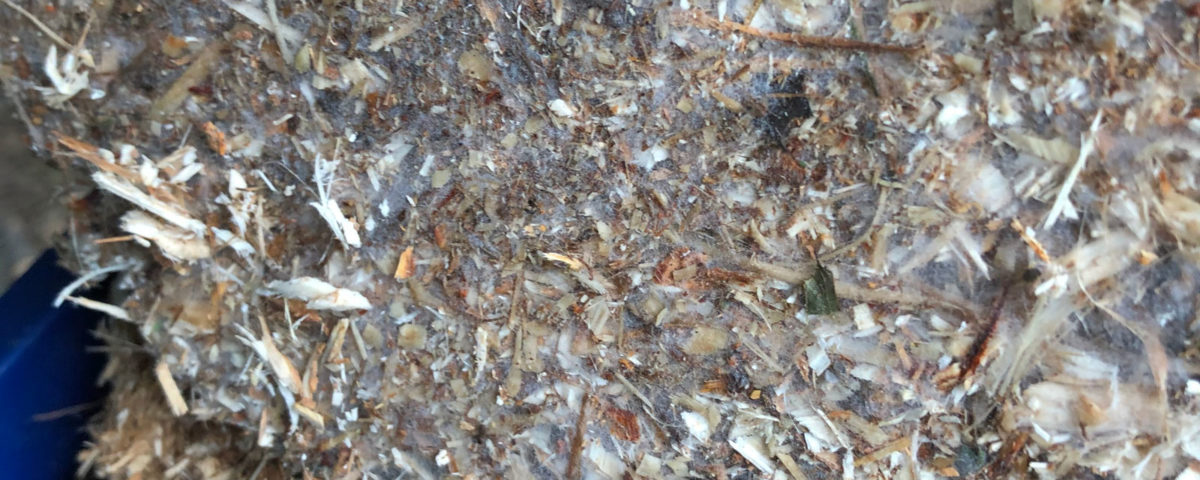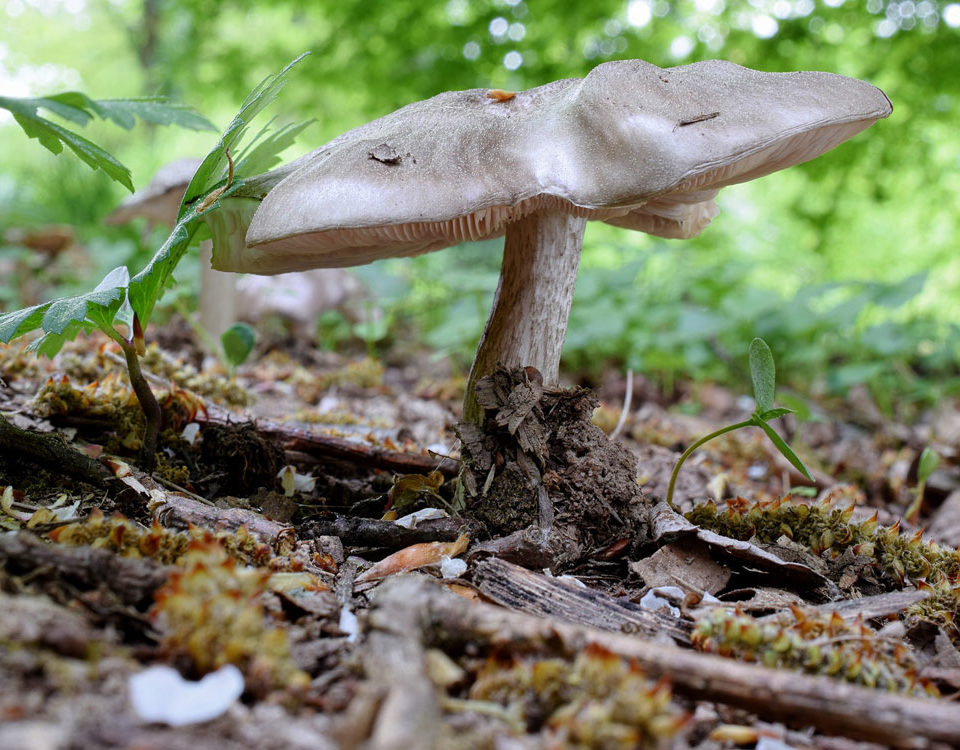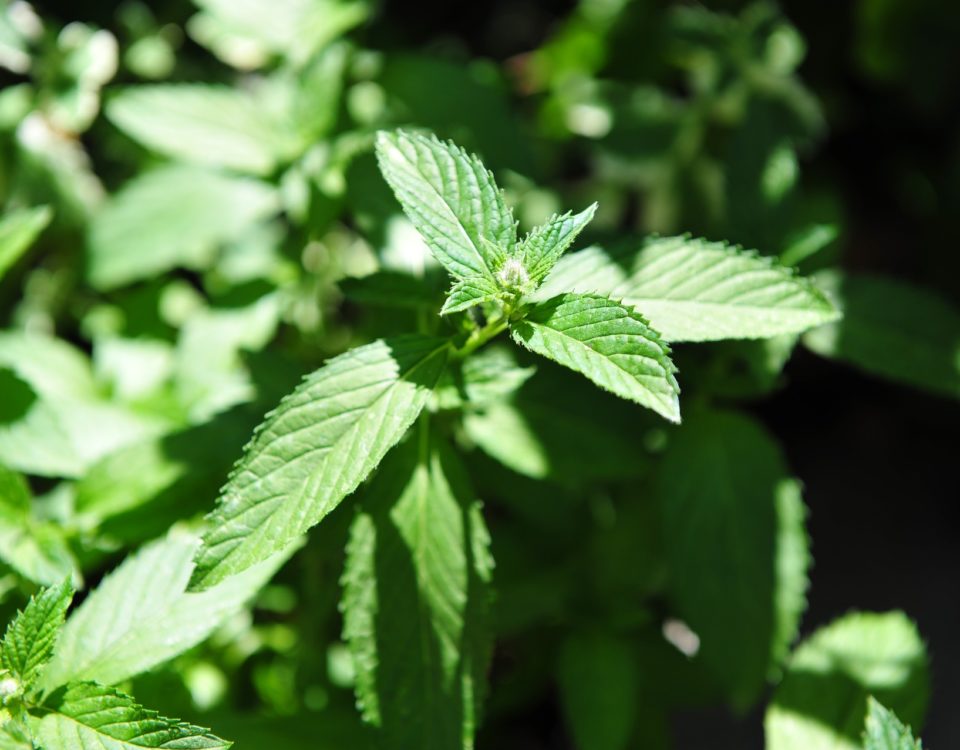Soil Degradation vs. Soil Building

And So It Begins
March 9, 2018
Genetic Potential
August 11, 2020Soil degradation is all around us, almost everywhere we look. It is happening in the tropics, in the deserts, and even on productive land. Early pioneers have been sounding this alarm for over 100 years.
Numerous practices have been listed as the cause of soil degradation including lack of carbon, destructive fertilizers such as anhydrous ammonia and potassium chloride, toxic pesticides, using soluble fertilizers that damage biology and humus, improper management, and many more.
But have you considered that a primary cause is a loss of energy? Specifically, endogenous energy. Say what? A way to look at energy is to group them by source. Exogenous energy is energy from the outside such as sunlight and ambient heat. Endogenous energy is energy from within the soil system.
Let’s take a dive into how to provide and increase endogenous soil energy in order to build soil. But first let’s give credit to the early pioneer. Most of this article comes from the work and research of professor Gilles Lemieux and his associates who documented the value of chipped hardwood branches, i.e. ramial chips.
I have confirmed many amazing benefits when using chipped hardwood branches including softer soil, higher brix, less need for nutrient drenches, and better plant growth. Let’s dig into the amazing value these ramial chips provide and the science behind their effectiveness at building soil. As a definition, ramial chips are finely chipped and shredded twigs and branches less than 3 inches in diameter derived from deciduous trees and shrubs.
Some of the best soils are created on the floor of hardwood forests that do not have excessive precipitation. Eastern and tropical soils, because of their high rainfall, have a leaching problem. This creates a calcium deficiency in the upper soil layers, that hinders microbial life resulting is a suboptimum soil.
But when precipitation is somewhere around 30 inches per year deciduous hardwood forests create topsoil with beautiful texture and structure. Soil beneath conifers are notoriously poor and deficient. Throughout history we find this same pattern. Land originally taken from hardwood forests has been the placenta that raised up the great civilizations of the past. While land taken from conifer forests have proven so unproductive that civilizations do not thrive and the land reverts back to…that’s right…conifers. Why such a big difference?
Do an experiment sometime: Take a walk through a hardwood forest and count all the plant species you encounter. Now do the same through a thick conifer forest. What is the difference? You literally couldn’t count all the species in a hardwood forest while species under a blanket of conifer needles are few and far between. Why do hardwoods promote biodiversity while conifers vigorously suppress it? And what does that have to do with building soil? Keep reading. 😊
Let’s go back to the hardwood forest. What do we see? Understory shrubs and taller trees. On the floor is a layer of leaves from last fall along with twigs and fallen branches everywhere. As these decompose brand new soil is formed.
A deer comes along. Does it eat only the leaves or does it also eat some of the green twigs? It eats leaves and twigs. Goats will do the same thing. Why? Because twigs and leaves are the growing point of trees and shrubs. They are biochemically active and contain a whole host of phytonutrients including proteins, minerals, phenols, essential oils, terpenes, and amino acids. They also contain simple sugars, carbohydrates, cellulose, hemicellulose, and lignin.
Lignin is what confers strength to cell walls. It starts out as monolignols which are then chained together to make a monomer lignin. Monomer lignins can bind to identical lignin chains to make polymer lignins. When only a few monomers are joined together it is referred to as oligomer lignins. When many monomer lignins are joined together it becomes highly polymerized. Think of lignin in three classes:
Monomer – The stiffness of a fresh blade of grass
Oligomer – The stiffness of a slender green twig
Polymer – The stiffness of a 2 X 4 board
Deer and goats eat tender twigs because they are digestible to the microbial system in their rumen. Why? Because the lignin is only slightly polymerized. The energy supporting the rumen bacteria is undoubtably coming from the cellulose and other sugars but access to that energy is determined by the degree of polymerization. In other words, just because there is energy in wood doesn’t mean we feed our goats sawdust from a lumber mill. The energy is there but lignin locks the door.

But what if we took these twigs and branches and processed them into ramial chips and worked it into the soil? Certain fungal organisms will begin breaking down the crosslinked lignin through their internal system of enzymatic reactions. This process is called depolymerization. As the wood chips are depolymerized it frees up the cellulose and other carbons that were bound by the lignin.
The sugars, carbohydrates, cellulose, and hemicellulose freed up from the lignin matrix now feeds the microbial system in the soil. Not all at once, but rather a slow unwinding of stored energy. As one life form feeds on another it transfers energy, minerals, moisture etc. This eventually reaches the plant resulting in the benefits I listed at the beginning of this article.
Depolymerization of oligomer lignin from hardwood twigs and small branches is the starting point that leads to a steady supply of endogenous soil energy. This process happens automatically in hardwood forest soils but in commercial fields this energy source has been exhausted a long time ago. Without an endogenous source of energy, we must rely on exogenous inputs such as nitrogen, soluble nutrients, and hopefully some added carbohydrates.
Ramial chips are the perfect food supply to the microbial system in soils. It is very much like an all-you-can-eat buffet for soil life. Most soils don’t have this energy source and consequently do not support a healthy microbial community. Instead they must rely on plant root exudates and sloughed off root hairs for the needed carbohydrates, and that is typically a boom/bust affair.

A great benefit of using an endogenous source of energy from depolymerized lignin is that nitrogen transfers through the trophic chain to the plant as amino acids/proteins. When soil biology is given a source of energy, they always find a way to get the nitrogen they need to live and reproduce.
Earlier I mentioned that conifer branches should be avoided when making ramial chips. The reason is because pines and conifers create a monolignol that is very suppressive of other life forms except for the conifers themselves. In my opinion conifers are best used to make lumber and biochar.
So how do we establish an endogenous energy source within soil? Copy what nature does in the forest with fallen twigs and branches. Use about ¼ to ½ inch of ramial chips for a 1-3 year energy supply.
But wait, there’s more. The remaining lignin also plays a vital role in rebuilding soil. This will be covered in my next article. Stem wood larger than 3 inches is highly polymerized and difficult for the microbial system to digest. But it is perfect to be used as a source material for biochar which will also be covered in my next article. May your harvest be bountiful.
Note: The Grow Your Own Nutrition garden program always includes a blend of minerals, ramial chips, and biochar.
If you would like to discuss this article please ask to join the Grow Your Own Nutrition Private Facebook Group.




